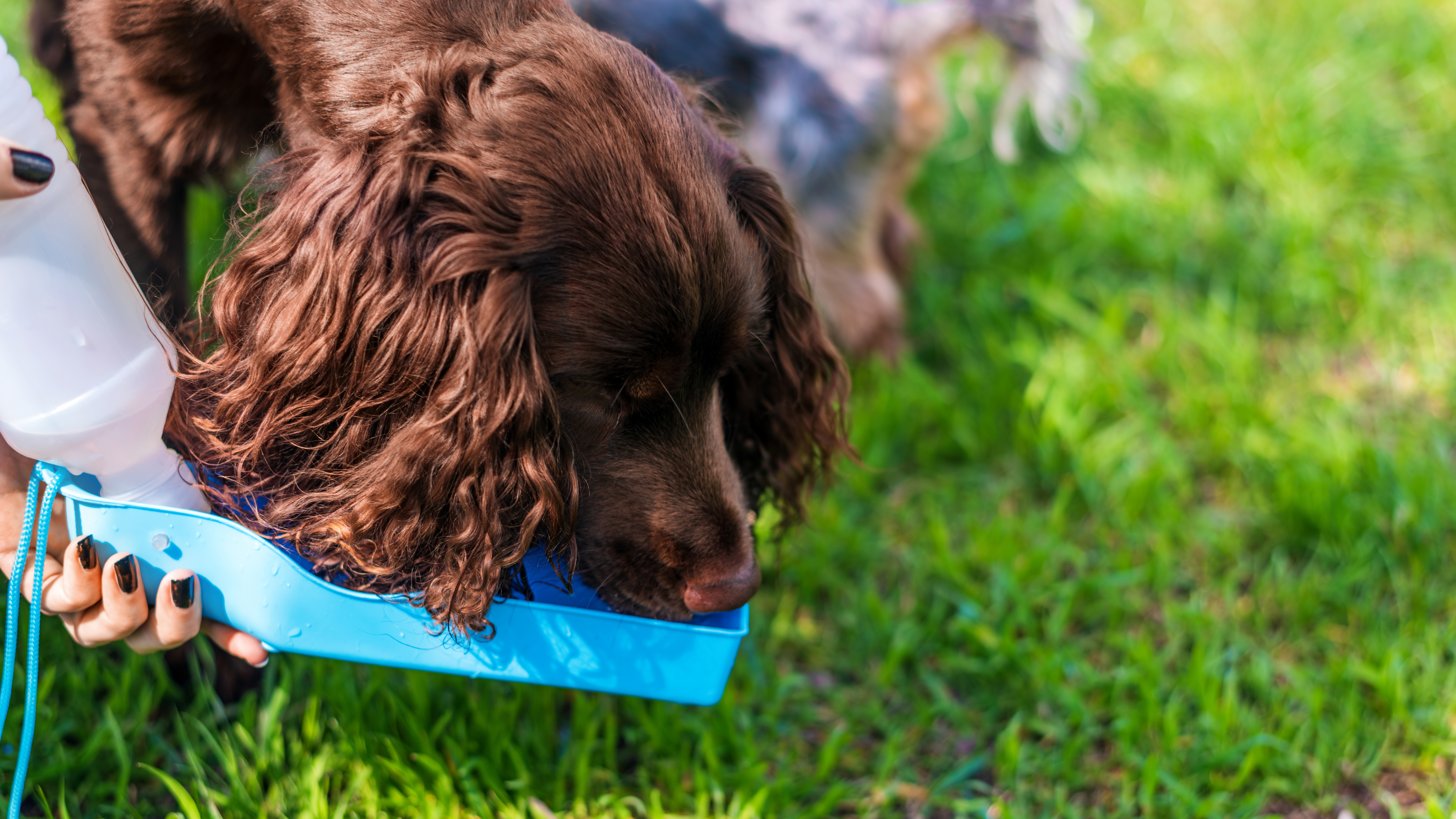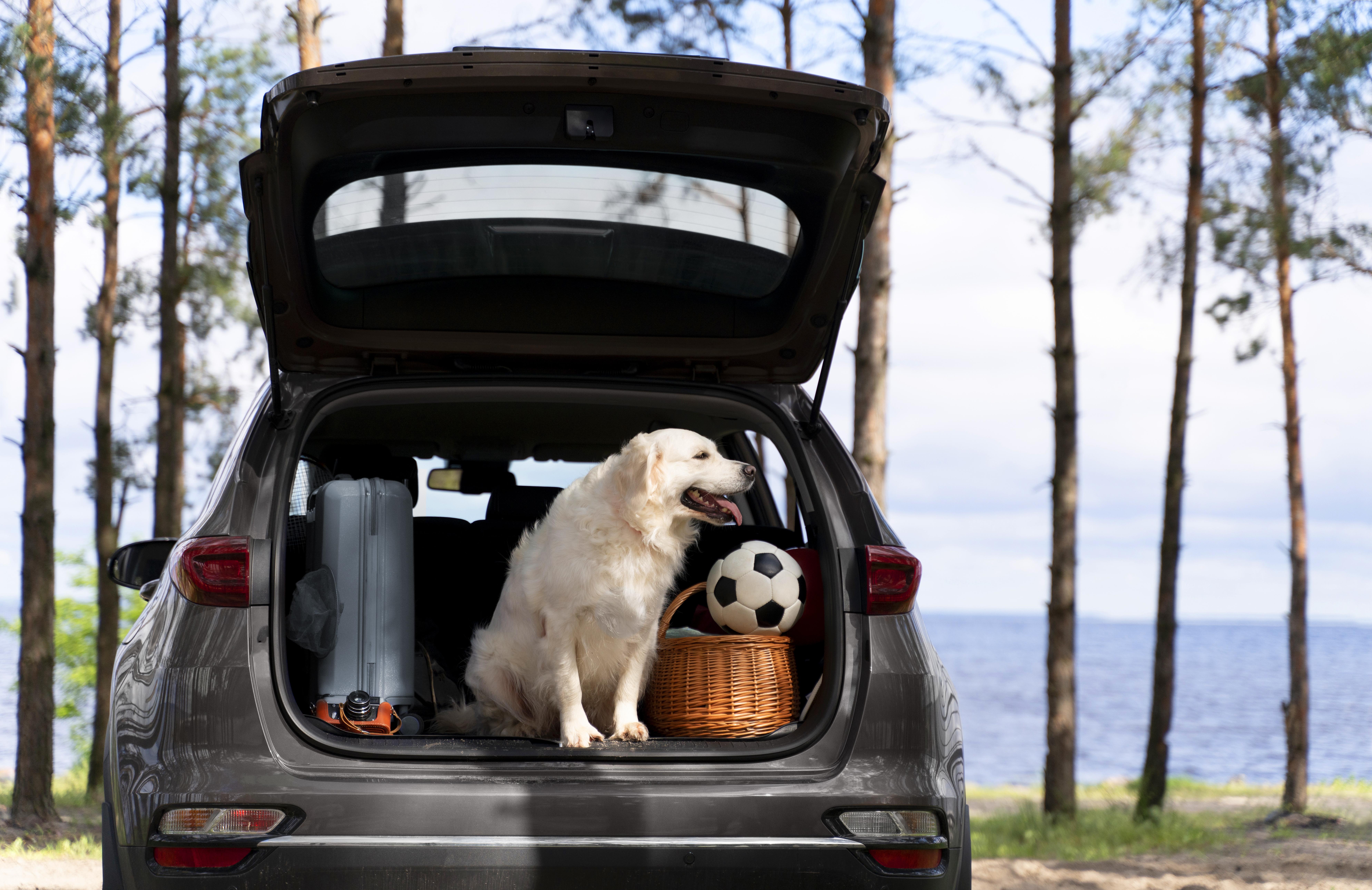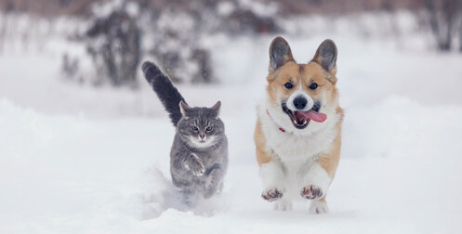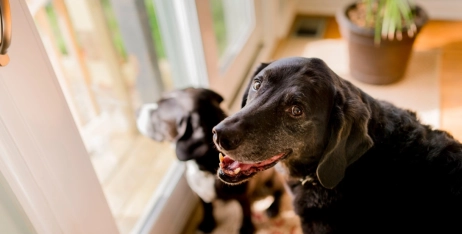The Ultimate Guide to Traveling with Pets: From Road Trips to Picnics and Everything In Between
Traveling with pets has become more popular than ever, as more people consider their furry companions part of the family. Whether you’re embarking on a cross-country road trip, flying to a new destination, or planning a cozy afternoon picnic in the park, bringing your pet along can be a joy—but it also comes with responsibilities. Ensuring your pet’s safety, comfort, and health while on the move is essential, and with a bit of planning, it’s absolutely possible to enjoy smooth, stress-free adventures together.
Traveling by Car, Plane, or Even Bike
For many pet owners, the car is the most natural way to travel with animals. Dogs, in particular, tend to enjoy the open road—the new smells, the changing scenery, and the promise of walks in new parks. But even a quick drive to a nearby town should never mean letting your pet roam loose in the vehicle. For safety reasons, it’s important to secure your pet with a proper crash-tested car seat, harness, or crate. Not only does this prevent distraction for the driver, but it also helps protect your pet in case of sudden stops or accidents. Keeping the car well-ventilated, maintaining a comfortable temperature, and making frequent stops for bathroom and water breaks are all part of a successful car journey. Portable water dispensers, dog water bottles, are excellent for offering hydration without mess or waste.
If you’re traveling by plane, there are more logistics involved. Each airline has its own set of rules and size restrictions for pets, so it’s crucial to check policies well in advance. Smaller animals often can fly in the cabin if kept in an airline-approved soft carrier, while larger pets may need to be transported in the cargo hold. If this is the case, try to avoid flying during extreme temperatures and opt for direct flights to minimize layovers and stress. It’s recommended to line your pet’s crate with a familiar blanket and include a toy or item with your scent to comfort them. For particularly nervous pets, consult your vet about anti-anxiety solutions or calming chews that can make the experience more tolerable.
For urban explorers or those taking shorter journeys, pets can also accompany you on bike rides or extended walks. There are plenty of bike baskets designed with pets in mind, complete with mesh covers and harness hooks for safety. Ventilated backpack carriers are a great solution for cats or small dogs and can be especially useful in crowded areas or on uneven terrain. It’s important to take frequent breaks, provide water using a collapsible travel bowl, and monitor your pet for signs of overheating, especially in warmer months.

Essential Travel Products to Pack
When preparing for a trip with your pet, one of the best things you can do is pack smart. Think about the needs of your pet just as you would your own. First and foremost, don’t forget a travel-friendly water bottle or mug designed specifically for pets. These items are designed with flip-out bowls or spouts that let your dog or cat drink easily without spillage. Food should be packed in airtight containers to preserve freshness, and meals can be pre-portioned into resealable bags for convenience.
Cooling products are especially important if you're traveling in warmer climates or during the summer. Cooling mats, vests, and bandanas can help regulate your pet’s body temperature and prevent heatstroke. Cooling vests, for instance, is a popular choice among pet parents who love outdoor adventures. It absorbs and evaporates water slowly, providing a cooling effect that lasts for hours.
Toys and familiar items are crucial, especially for longer trips. Whether it’s a squeaky toy, a favorite rope, or a worn blanket, these comforts from home can go a long way in keeping your pet calm and content. Don’t forget treats—not just for rewarding good behavior, but also as distractions during stressful moments like airport security or long waits in the car.
Health and Safety: Protection from Fleas, Bugs, and the Unexpected
Your pet’s health should never take a back seat during travel. A pre-trip visit to the vet is highly recommended to ensure vaccinations are up to date and to discuss any health concerns. If you’re headed to a region where ticks, fleas, or mosquitoes are prevalent, start treatments in advance.
In addition to bug protection, assemble a travel first-aid kit tailored for pets. It should include items like antiseptic wipes, tweezers for removing ticks or splinters, gauze, pet-safe pain relievers, and any medications your pet regularly takes. Digital copies of medical records, vaccination certificates, and microchip information can be lifesavers in emergency situations, especially if you're traveling across borders or between states.
Also worth mentioning is motion sickness. Some pets experience nausea or anxiety when traveling, especially in cars or planes. Your veterinarian can suggest medications or natural calming options, such as CBD chews or calming pheromone sprays, to make the trip more manageable.
Eating, Drinking, and Sticking to Routine
Maintaining your pet’s routine during travel is key to reducing stress and preventing digestive upset. Try to stick as closely as possible to your usual feeding schedule, using the same brand and type of food. Switching food suddenly on the road can lead to stomach issues, which is never ideal when far from your vet. Bring enough food for the entire trip, and a little extra in case of delays.
Hydration is just as important. Offer water at regular intervals, and watch for signs of dehydration—especially in hot weather or after physical activity. Travel mugs with built-in bowls or lids make it easy to provide water on the fly without having to carry separate containers.
Short Trips, Picnics, and Local Adventures
Even if you’re not leaving town, your pet still deserves thoughtful preparation for outings like picnics, day hikes, or beach trips. For these mini-adventures, bring a pet blanket or mat to give them a comfy place to relax. Keep your travel kit stocked with water, a bowl, a few treats, and at least one toy to keep them occupied. If you'll be out in the sun, a pop-up shade tent or umbrella offers much-needed protection from heat. Some pets, especially those with light-colored fur or thin coats, may benefit from pet-safe sunscreen to prevent sunburn.
Don’t forget the basics: an extra leash, poop bags, and pet wipes for muddy paws or quick clean-ups. If you're going to a dog-friendly park or a place with other animals, having flea and tick protection in place becomes even more important.

Respecting Local Rules and Planning Ahead
Different towns, cities, and countries have different rules regarding pets. Some places require proof of vaccination or quarantine periods, while others might restrict pets in certain public areas. Research in advance to avoid surprises. Always keep a digital copy of your pet’s health documentation in case it's needed on the spot.
When it comes to lodging, not all hotels or vacation rentals allow pets, and some charge extra fees or require advance notice. Use apps like BringFido or Airbnb’s pet filter to find pet-friendly accommodations. Booking ahead is critical, especially during busy seasons, as pet-designated rooms tend to fill up fast.
A Final Word: Make It Fun, Safe, and Memorable
Traveling with your pet can turn a great trip into an unforgettable one. You get to share new experiences, explore different places together, and deepen the bond between you and your four-legged companion. But like any journey worth taking, it requires preparation, attention to detail, and a little patience. With the right gear, a well-packed bag, and a flexible attitude, you can ensure that both you and your pet enjoy every moment—from the first mile to the final destination.










